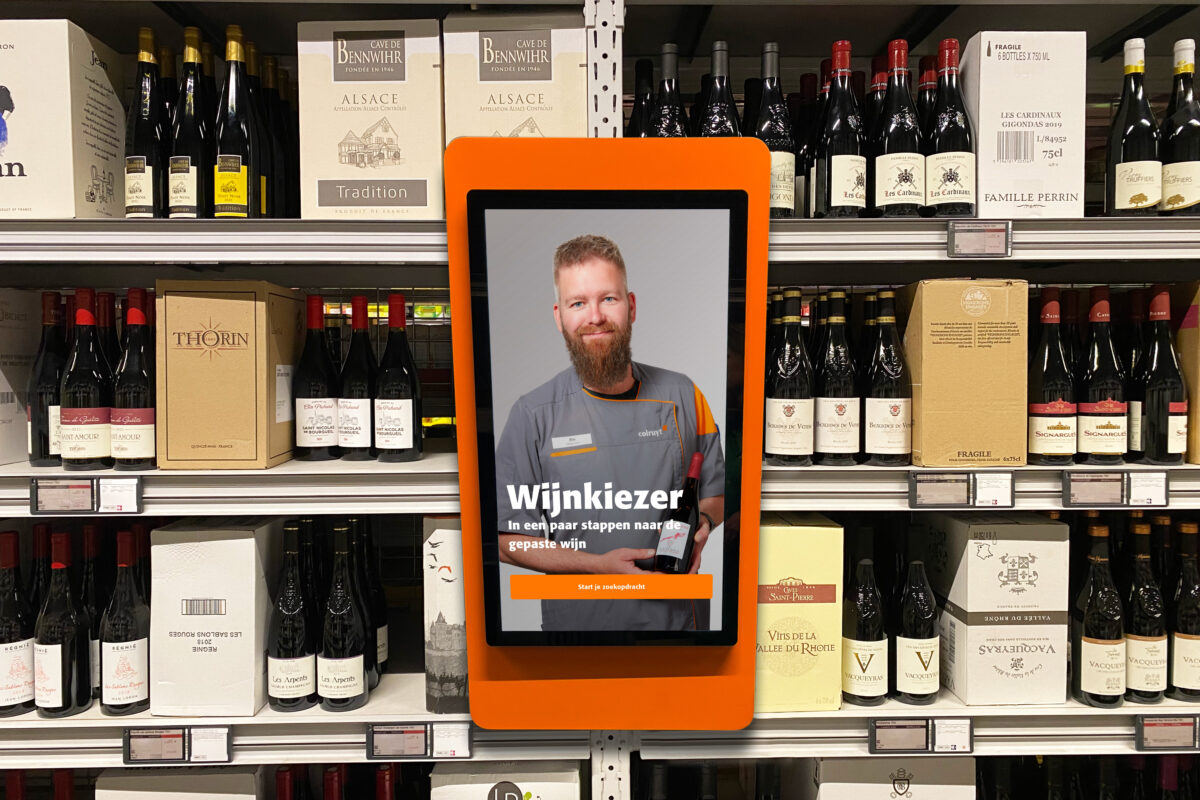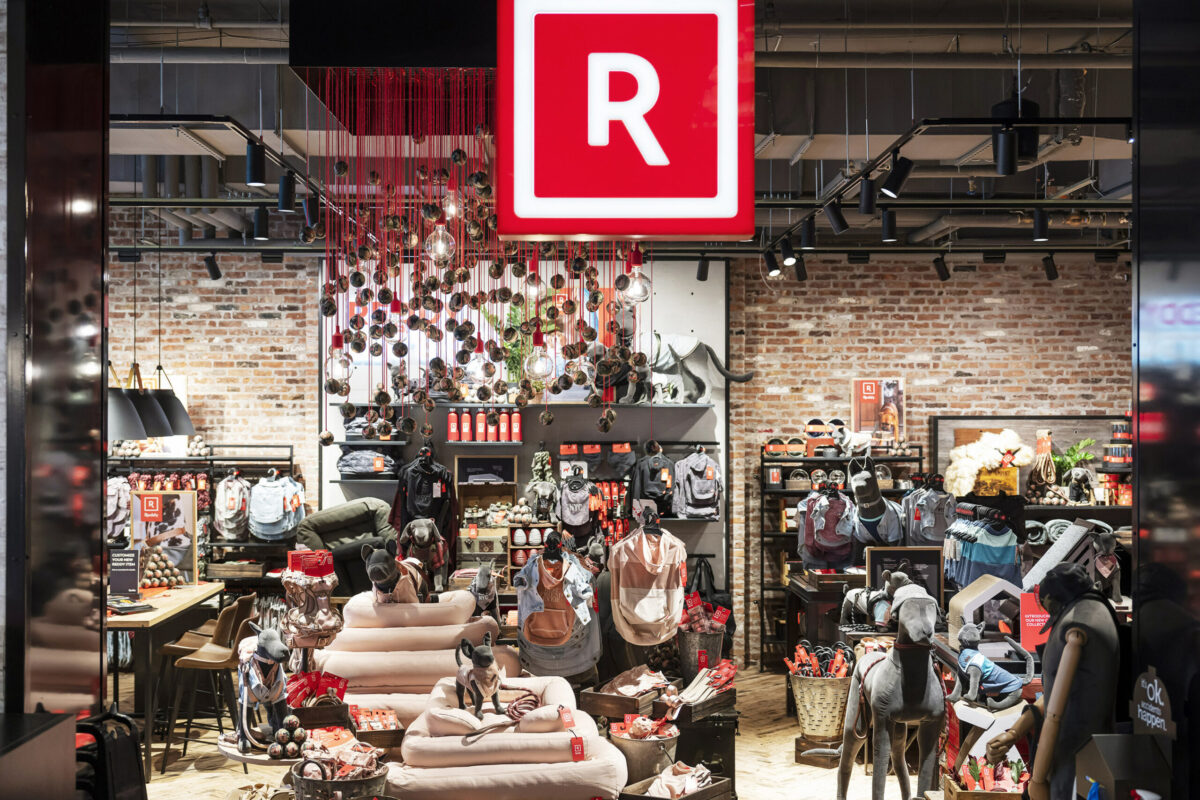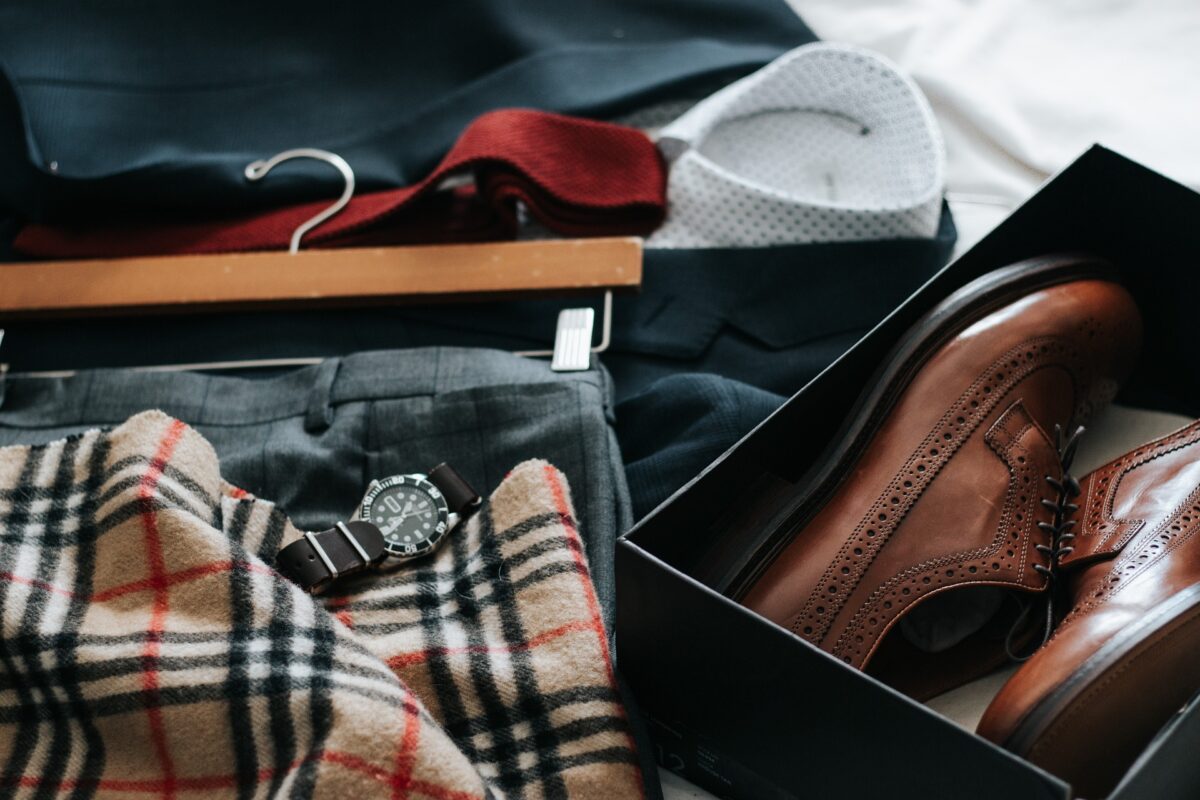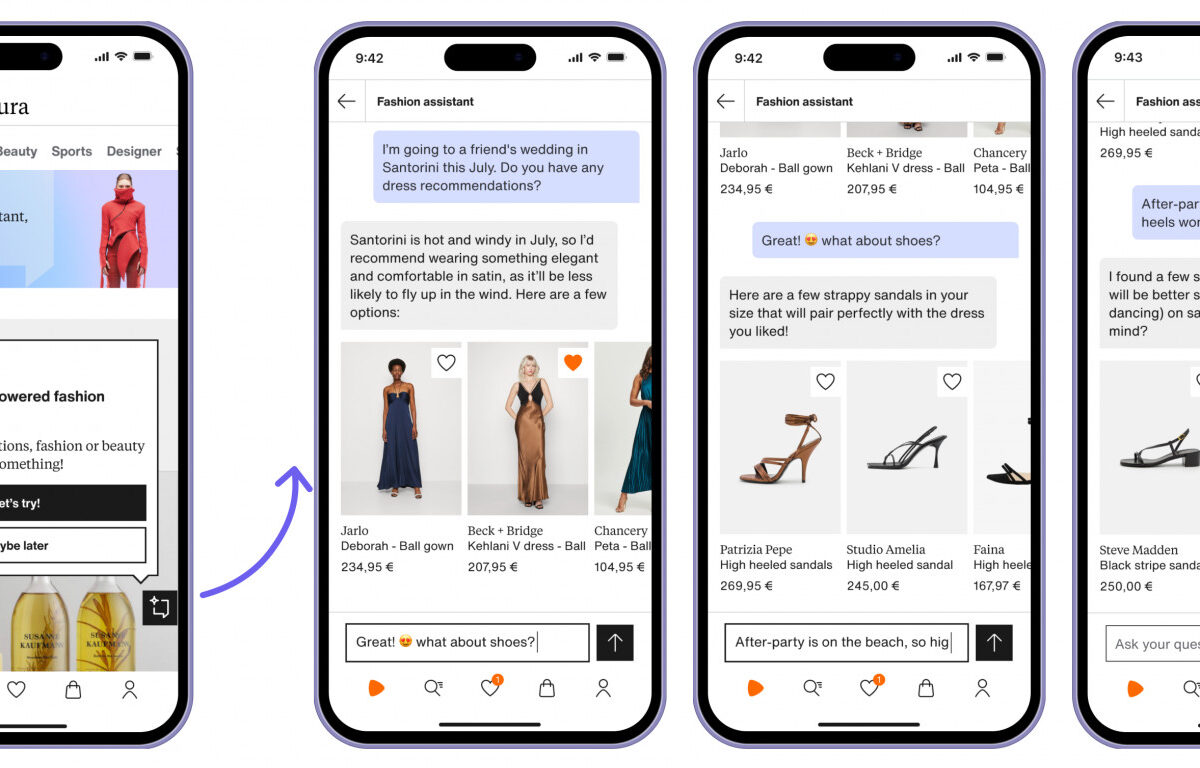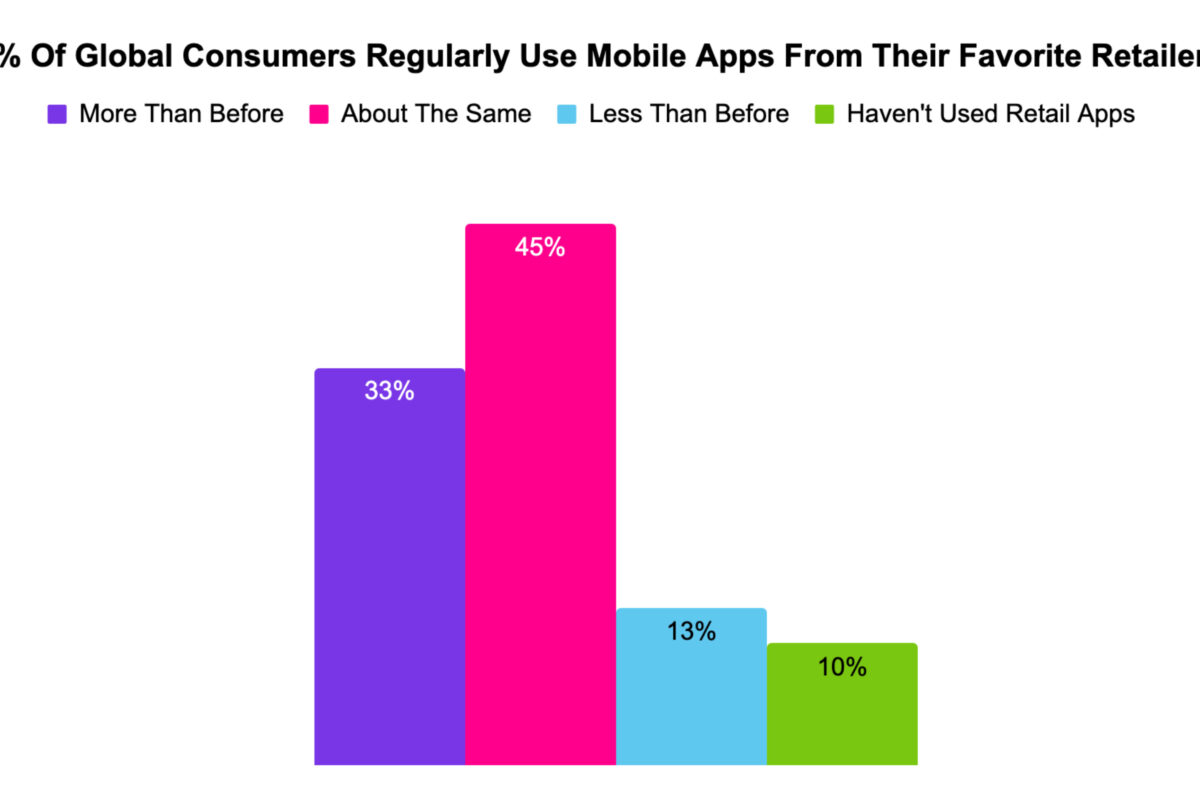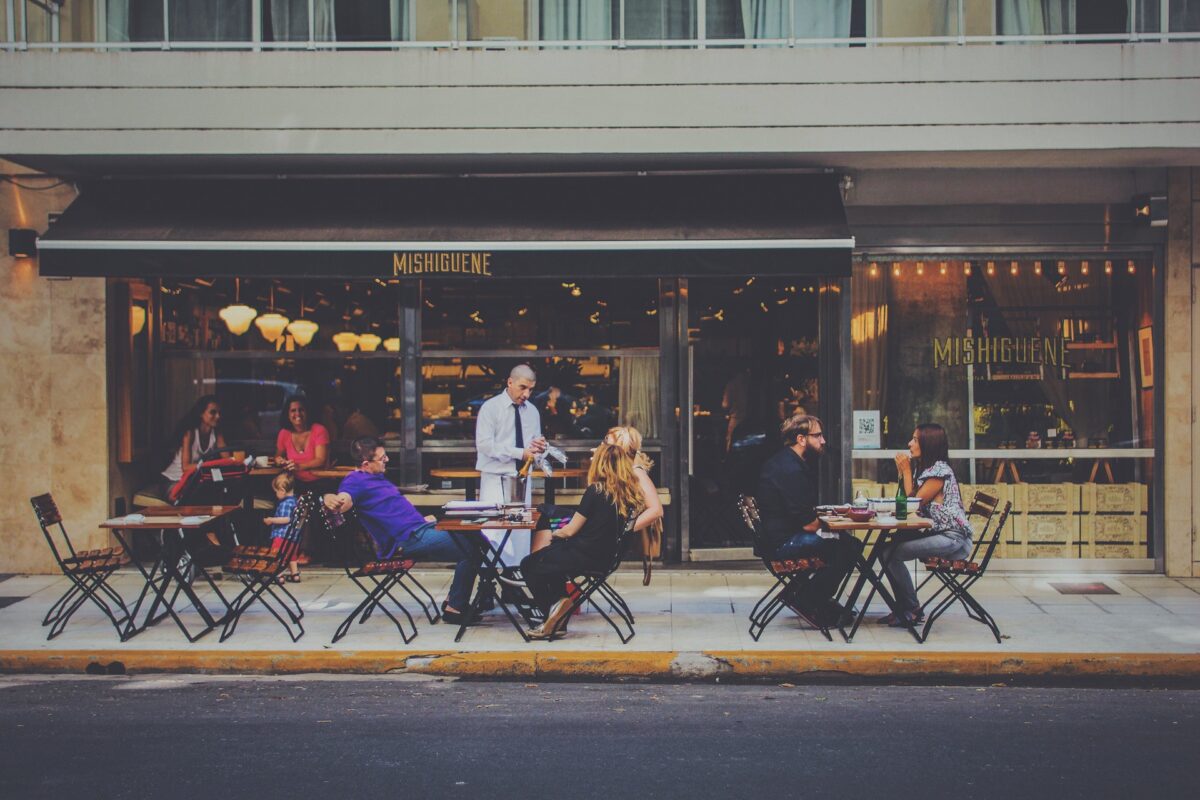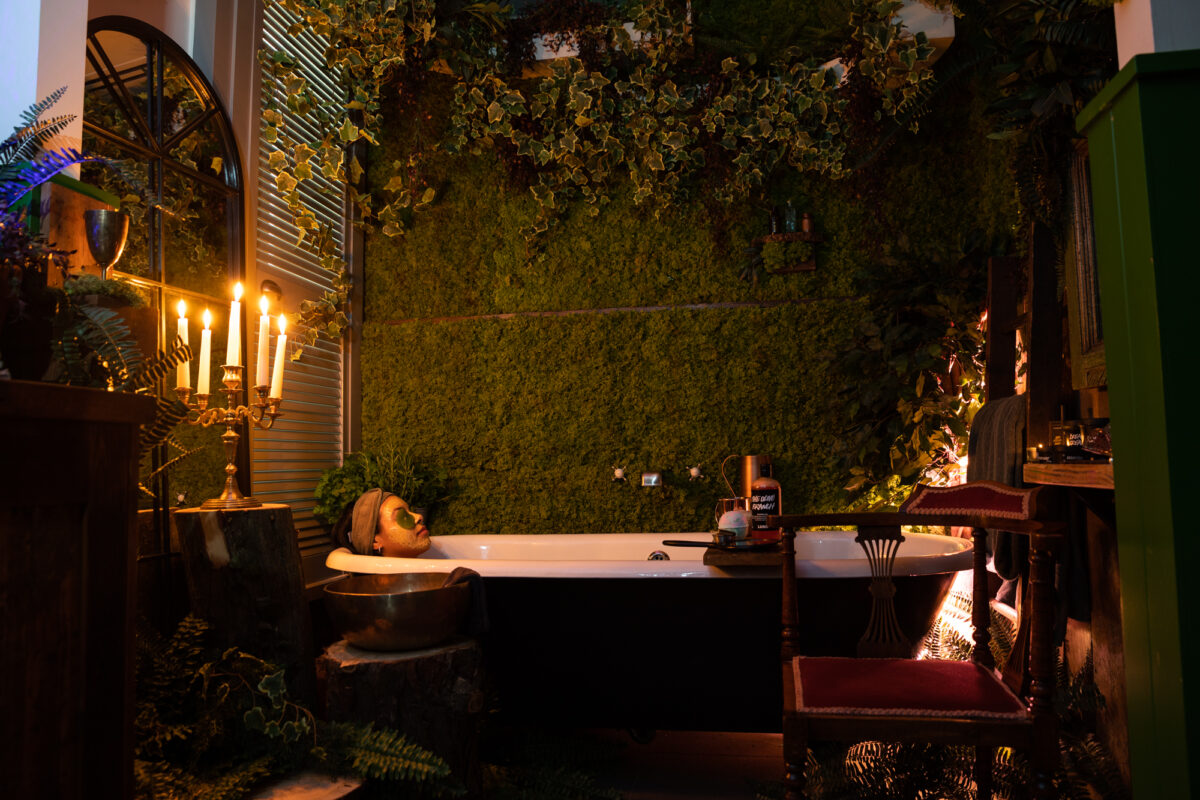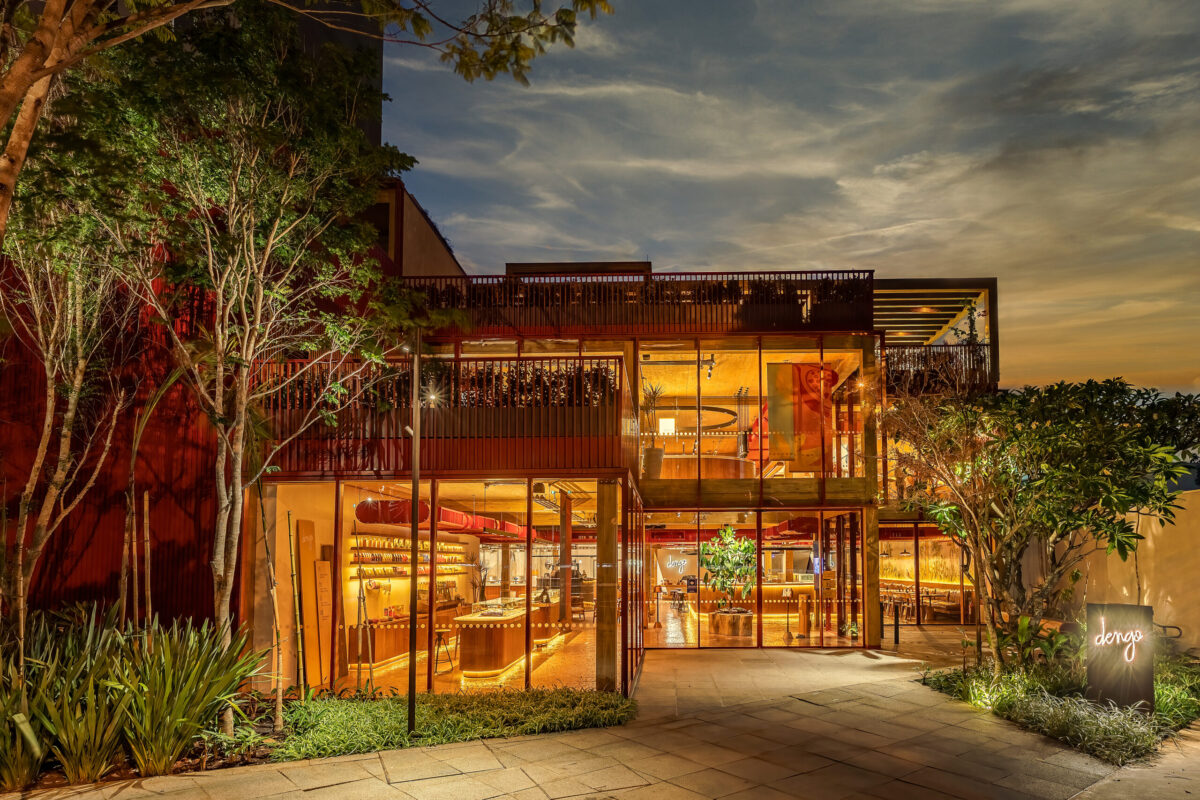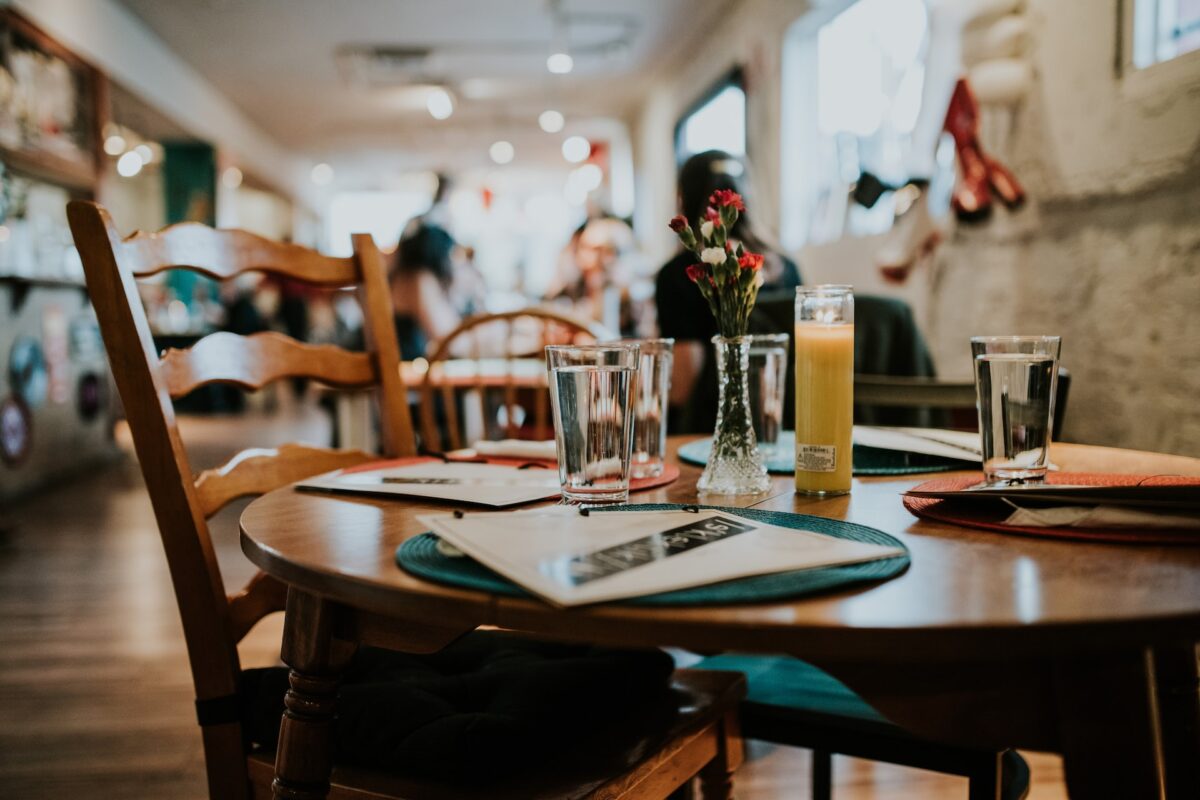How to make the most of wait times
It’s wonderful if customers come to retail stores to buy things. It’s fantastic if they buy more than they planned to purchase. This offers many opportunities, especially for brick and mortar retailers as surveys show: customers are more susceptible to making impulse buys in a retail store environment.
Checkout counters are a great chance to entice customers because typically the customer has already made a purchase decision and is now ready to pay. Adding a low-ticket item to his/her basket is not a big decision. What’s more, it’s much easier and more effective to appeal to all the consumer’s senses at an in-store point of sale system versus online or through advertising brochures. After all, the captive audience of customers waiting in line has time to browse items on display.
But how do I get customers to make an unplanned purchase?
Seeing is buying
For starters, retailers must make sure that impulse buys are visible for people who are waiting in line. This may sound trivial and goes without saying, but one should not underestimate the impact of this aspect: products that are not in the consumer’s field of view – either they are hidden behind other items, pushed back by shelf labels or simply out of stock – will not be bought. Keep in mind: once customers are finally at the cash register, they will no longer ask employees where they can find more of their favorite chewing gum.
Incidentally, retailers should also consider their target audience in this setting: a mostly female customer base tends to be shorter than male customers. That’s why shelf heights should be adjusted accordingly. If there is a higher percentage of older customers, impulse products should not be placed too high or too low on shelves as bending down and squatting can be difficult for this client base. Remember that children will only pounce on chocolate they are sure to see.
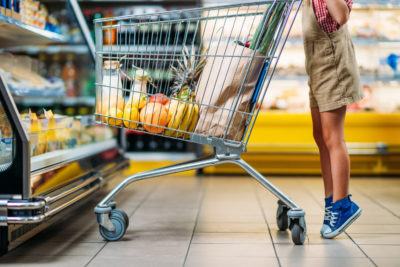
© panthermedia.net/ArturVerkhovetskiy
Neatness is the root cause of all decisions
Visibility and neatness go hand-in-hand. If the checkout area is cluttered with too many items, it is difficult for customers to notice products and make a decision. In this setting, too many product choices can lead to stress. After all, the time consumers wait in line is limited and nobody wants to let too many people get in front of them.
A carefully selected and nicely arranged product mix allows a quick overview and easy decision. The product selection should be based on the average wait time and available space. In some stores, shelves strategically line the checkout lanes where customers wait in line to pay. Why wouldn’t you offer a nice selection of products if customers have to wait in line anyway?
Easy to grasp
This premise – to encourage customers to buy on impulse – dictates what type of products work best in the checkout area. Items that require further explanation or consultation, such as night cream moisturizers for specific skin types should only be placed in this area if staff is available to be consulted. Best suited in the checkout zone are simple staples and popular low-ticket items, where functionality is paramount, which includes batteries, chewing gum, and cable straps.
The products should also have a manageable size. Customers who are not out shopping with their car and use their bike or public transportation or are on foot, carefully consider what they can carry. After all, it’s not easy to add a lava lamp to your shopping bag.
Signage – the town crier of the checkout area
When you walk towards the cash register or stand in line, you have time to look around – and sometimes a well-crafted sign or display catches your eye. Less is more in this setting: it’s better to feature a well-placed point of sale display that catches your eye and stands out versus too many options that are distracting and render each other ineffective.

© panthermedia.net / Patrick Pelz
Needless to say, displays on sales counters and cash desks are very striking and catchy. However, retailers should also keep in mind that these are usable surface areas. You can create a great shopping experience if customers know they can put down their wallet and purse without worrying that they might accidentally knock down several displays.
A town crier is actually a very fitting analogy in this setting: just like the product mix, the message must be simple, understandable and attractive. “2-for-1”, “½ price”, “this week only” – it is difficult for consumers to escape these strong stimuli because their curiosity is piqued.
Bargain-hunting mentality: looking for a great deal
Once the shopping tasks are nearly completed, it’s time for the icing on the cake. This is the moment when retailers can “strike” one more time. They can take advantage of the feeling of self-satisfaction when customers can say “My shopping is done”. It’s when customers allow themselves the occasional splurge as a treat or find a great deal as the icing on the cake.
There are some successful impulse triggers that work well, fast and almost universally.
- Exclusivity – “Only available here!”
- Excitement or Novelty – “Brand new, be the first one!”
- Limited Quantity or Urgency – “While supplies last!”
- Reference – “Experts recommend”
- Personalization – “Add your photo”
- Promotion/Value – “Buy one, get one free!“
Author: Julia Pott
First published at iXtenso – Magazine for Retailers






